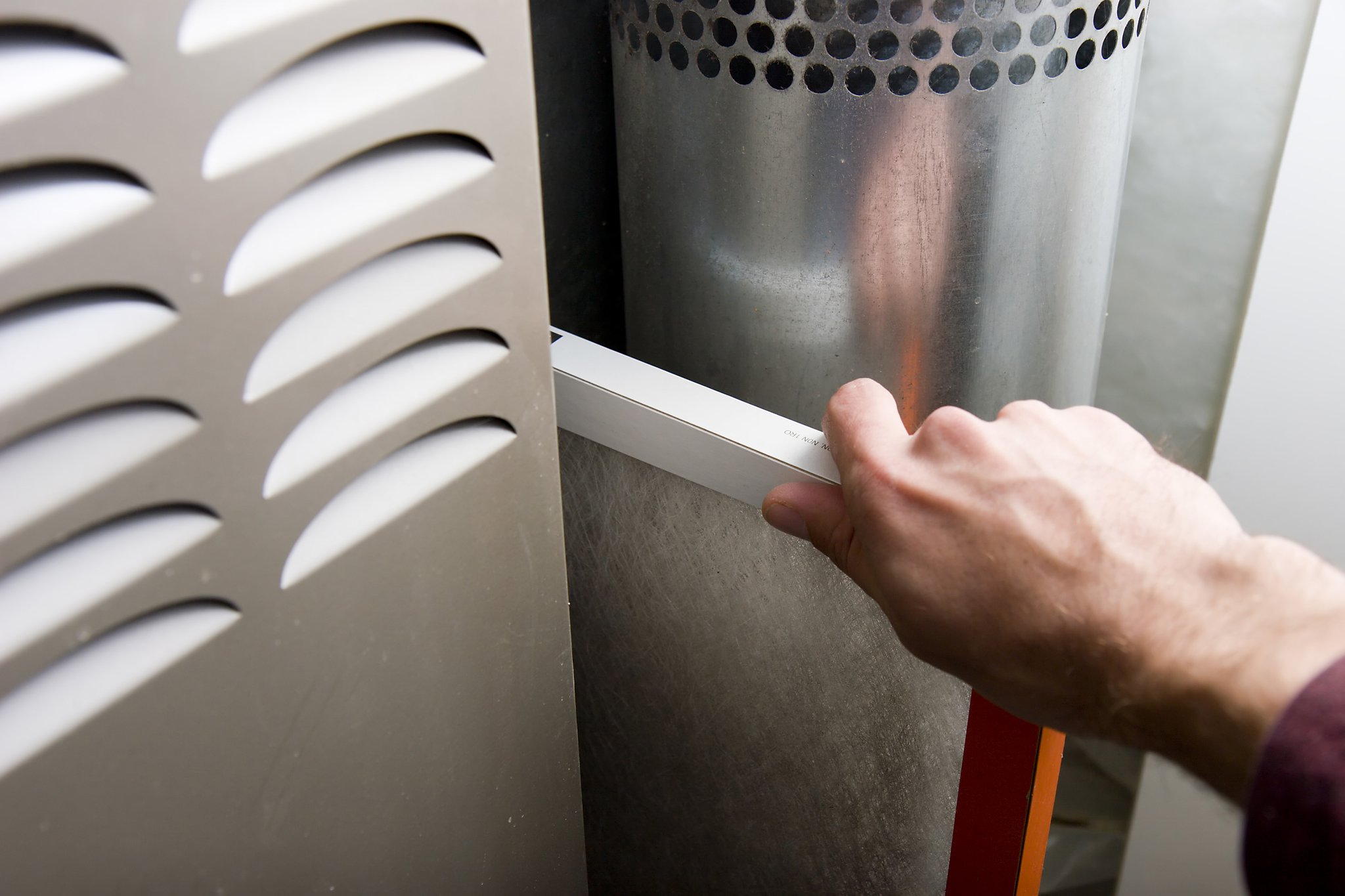

Articles
Which Direction Should My HVAC Filter Face?
Modified: January 8, 2024
Learn how to properly install HVAC filters in your home. Find step-by-step instructions and helpful tips in our informative articles.
(Many of the links in this article redirect to a specific reviewed product. Your purchase of these products through affiliate links helps to generate commission for Storables.com, at no extra cost. Learn more)
Introduction
In any HVAC (Heating, Ventilation, and Air Conditioning) system, the air filter plays a critical role in maintaining indoor air quality. The filter acts as a barrier, capturing dust, pet dander, pollen, and other particles that can circulate through the system. Over time, these particles can accumulate and affect the efficiency and lifespan of the HVAC equipment.
However, simply having an HVAC filter is not enough – it must be properly installed for optimal performance. One common question that arises is, which way does the HVAC filter go? The orientation of the filter has a significant impact on its effectiveness and the overall efficiency of the system. In this article, we will explore the importance of installing HVAC filters correctly and provide guidance on determining the correct airflow direction.
The purpose of HVAC filters is to trap airborne contaminants and prevent them from circulating throughout the home or building. This not only improves indoor air quality but also protects the HVAC equipment from damage caused by dirt and debris. Proper filtration is essential in maintaining a healthy and comfortable indoor environment.
When the filter is installed correctly, it can effectively capture particles in the air, providing cleaner air for occupants. Additionally, a well-maintained filter can improve the energy efficiency of the HVAC system by allowing it to operate with optimal airflow. This results in lower energy consumption and reduced strain on the equipment, leading to extended service life.
Understanding the airflow direction is crucial in determining the correct installation orientation for HVAC filters. Most filters are designed to have an arrow indicating the direction of airflow. This arrow must align with the direction of the airflow within the HVAC system for the filter to function properly.
However, it is important to note that not all filters have arrows. In such cases, it is vital to consult the manufacturer’s instructions or contact a professional to ensure the filter is installed correctly.
Key Takeaways:
- Proper installation of HVAC filters is crucial for improved indoor air quality, energy efficiency, and extended system lifespan. Avoid common mistakes and follow manufacturer guidelines for optimal performance.
- Understanding airflow direction and correct filter orientation are essential for maximizing filtration efficiency and preventing system damage. Consult professionals and prioritize proper installation for long-term benefits.
Read more: Which Direction Should A Showerhead Face
Purpose of HVAC Filters
HVAC filters serve several important purposes in maintaining the air quality and efficiency of HVAC systems. Understanding these purposes can help homeowners and building occupants appreciate the significance of proper filter installation.
First and foremost, HVAC filters are designed to remove airborne particles from the air being circulated throughout the space. These particles can include dust, dirt, pollen, pet dander, mold spores, and other allergens. By capturing these particles, the filter helps to improve indoor air quality and reduce the potential for respiratory issues and allergies.
Secondly, filters play a crucial role in protecting the HVAC equipment itself from damage caused by debris. The filter traps larger particles that may otherwise clog or obstruct the system’s components, such as the blower fan or evaporator coils. Without a properly functioning filter, these components can become caked with dirt and dust, leading to reduced efficiency and costly repairs.
In addition to improving indoor air quality and protecting equipment, HVAC filters also contribute to the overall energy efficiency of the system. A clean filter allows for optimal airflow, preventing the HVAC system from working harder than necessary to circulate air throughout the space. This reduces energy consumption, resulting in lower utility bills and a smaller carbon footprint.
Moreover, properly maintained filters can extend the lifespan of the HVAC system. When a filter becomes clogged or dirty, it restricts airflow and puts strain on the system as it tries to compensate. Over time, this strain can lead to premature wear and tear, potentially requiring expensive repairs or even the replacement of the entire system. By regularly replacing or cleaning filters, homeowners can ensure the longevity and efficiency of their HVAC equipment.
Lastly, HVAC filters play a vital role in maintaining a comfortable and clean living or working environment. By removing particles and contaminants from the air, filters help to reduce odors and prevent the buildup of dust and dirt on surfaces. This enhances the overall comfort and cleanliness of the space, making it more enjoyable for occupants.
In summary, the purpose of HVAC filters goes beyond just removing airborne particles. They play a crucial role in improving indoor air quality, protecting HVAC equipment, enhancing energy efficiency, extending the system’s lifespan, and maintaining a comfortable environment. It is essential to properly install and regularly maintain filters to ensure they can fulfill their purpose effectively.
Importance of Proper Installation
Proper installation of HVAC filters is of utmost importance to ensure their effectiveness and optimize the performance of the entire HVAC system. Installing filters correctly not only helps maintain cleaner indoor air but also prevents potential issues and costly repairs. Let’s explore the significance of proper installation in more detail.
1. Optimal Filtration Efficiency: When filters are installed correctly, they ensure optimal filtration efficiency. This means that the filters can effectively capture a wide range of airborne particles, including dust, pollen, pet dander, mold spores, and bacteria. Proper filtration not only improves indoor air quality but also promotes the overall health and well-being of building occupants.
2. Reduced Airflow Restrictions: Properly installed filters allow for adequate airflow throughout the HVAC system. When filters are incorrectly installed, they can create airflow restrictions, leading to reduced air circulation. This can result in hot or cold spots within the living or working space, decreased comfort, and inefficient heating or cooling. In extreme cases, restricted airflow can even cause the system to overheat or shut down.
3. Prevention of Air Leaks: Filters that are not properly installed can lead to air leaks within the HVAC system. Air gaps between the filter and the filter housing can allow unfiltered air to bypass the filter altogether. This means that particles and contaminants can freely circulate within the system, diminishing the air quality and potentially causing damage to sensitive HVAC components.
4. Protection of HVAC Equipment: Proper installation of filters is essential in protecting HVAC equipment from damage caused by debris and contaminants. When filters are correctly installed, they can effectively trap particles before they reach sensitive components such as the blower motor, evaporator coils, or heat exchanger. By preventing the accumulation of dust and debris, proper filter installation helps maintain the efficiency and longevity of the HVAC system.
5. Energy Efficiency: Correctly installed filters contribute to the energy efficiency of the HVAC system. When the filters allow for unrestricted airflow, the HVAC system can operate at its optimal performance level. This not only reduces the energy consumption of the system but also minimizes wear and tear, leading to cost savings and a reduced environmental impact.
Overall, proper installation of HVAC filters is crucial for maximizing their effectiveness and ensuring the efficient operation of the HVAC system. By installing filters correctly, building occupants can enjoy cleaner indoor air, enhanced comfort, and energy-efficient operation. It is recommended to follow manufacturer guidelines or consult with HVAC professionals to ensure proper installation and maintenance of filters.
Understanding Airflow Direction
Understanding the airflow direction within an HVAC system is essential for proper filter installation. Most HVAC filters are designed to have an arrow indicating the direction of airflow. It is crucial to align the arrow on the filter with the direction of the airflow within the system for optimal filtration efficiency. Let’s delve into the significance of understanding airflow direction in more detail.
1. Filter Performance: Aligning the filter with the correct airflow direction ensures that it functions as intended. When the filter is installed against the airflow, it can effectively capture airborne particles and contaminants, improving the indoor air quality. Installing the filter in the opposite direction can reduce the filter’s efficiency, as it may not be able to trap particles effectively.
2. Preventing Bypassing: Properly understanding the airflow direction helps prevent bypassing. Bypassing occurs when air finds a path of least resistance and circumvents the filter altogether. Installing the filter in the correct direction ensures that the air must pass through the filter media, ensuring effective filtration and preventing particles from bypassing and entering the HVAC system or indoor living spaces.
3. System Efficiency: Proper alignment of the filter with airflow direction promotes optimal system efficiency. When the filter is installed incorrectly, it can cause airflow restrictions and disrupt the balance of the system. This can result in reduced system performance, increased energy consumption, and added strain on HVAC components. Aligning the filter according to airflow direction allows for proper air distribution and optimal system operation.
4. Damage Prevention: Installing the filter in the correct airflow direction helps protect the HVAC system from potential damage. When the air passes through the filter in the intended direction, it keeps large particles, debris, and dust from accumulating on sensitive system components such as the blower fan, evaporator coils, and heat exchanger. This prevents the buildup of dirt and potential damage to the system, prolonging its lifespan.
5. Manufacturer Recommendations: Manufacturers typically provide guidelines and instructions regarding the airflow direction for their specific HVAC filters. It is essential to follow these guidelines to ensure proper operation and to retain the warranty coverage. When in doubt, consult the manufacturer’s instructions or contact a professional for guidance.
Understanding the airflow direction is critical for correct filter installation and for overall system performance. It ensures optimal filter efficiency, prevents bypassing, improves system efficiency, protects against damage, and aligns with manufacturer recommendations. By taking the time to understand and align the filter with the correct airflow direction, occupants can enjoy improved indoor air quality and the efficient operation of their HVAC systems.
The arrow on the filter frame indicates the direction of airflow. Make sure the arrow points towards the blower motor or the direction of airflow for proper installation.
Determining the Correct Orientation
Determining the correct orientation for installing HVAC filters is vital to ensure their effectiveness and proper functioning. While most filters have arrows indicating the direction of airflow, some filters may not. In such cases, it is essential to rely on alternative methods to determine the correct filter orientation. Let’s explore some approaches to determining the correct orientation.
1. Manufacturer Instructions: The manufacturer of the HVAC system or the filter itself often provides specific instructions regarding filter orientation. These instructions may be available in the product manual or on the manufacturer’s website. It is crucial to consult these instructions and follow them meticulously to ensure the correct filter orientation.
2. Airflow Markings: In some cases, filters may have markings or labels indicating the airflow direction, even if there is no arrow. Look for words such as “Airflow” or symbols that indicate the intended direction. These markings can help determine the correct orientation for filter installation.
3. Consult HVAC Professionals: If you are unsure about the correct filter orientation or cannot find specific instructions, it is best to consult with HVAC professionals. They have the expertise and knowledge to determine the orientation based on the specific HVAC system and filter you are using. They can also provide guidance on proper installation techniques and ensure optimal performance.
4. Observation of Existing Filters: If you are replacing an existing filter, you can observe its orientation as a reference for the new filter. Note the direction in which the dirty side of the old filter faces or any markings or labels present. Replicate the same orientation for the new filter, ensuring that it matches the previous installation.
5. Physical Barrier or Stopper: Some filter slots or filter housing units may have physical barriers or stoppers that can help determine the correct filter orientation. These barriers or stoppers are designed to prevent improper installation and guide the filter into the correct position. Take note of any such features and ensure that the filter fits snugly against them.
Remember, the correct filter orientation is crucial for optimal filtration efficiency and overall system performance. It ensures that the filter captures airborne particles effectively and prevents bypassing. Following manufacturer instructions, looking for airflow markings, consulting HVAC professionals, observing existing filters, or paying attention to physical barriers can help determine the correct filter orientation for your HVAC system.
When in doubt, do not hesitate to seek professional guidance or contact the manufacturer for clarification. Taking the time to ensure the correct filter orientation will contribute to cleaner indoor air and the efficient operation of your HVAC system.
Read more: Which Direction Should A Wall Clock Face
Common Mistakes in Filter Installation
Proper installation of HVAC filters is crucial for maintaining the efficiency and effectiveness of the system. However, there are common mistakes that people often make when installing filters. Being aware of these mistakes can help prevent problems and ensure the correct installation of filters. Let’s explore some of the most common mistakes in filter installation:
1. Incorrect Filter Size: One of the most common mistakes is installing a filter that is the wrong size for the filter housing or slot. Using a filter that is too small can result in bypassing, where air and particles can flow around the filter instead of through it. Conversely, using a filter that is too large may prevent it from fitting properly, leading to poor airflow and strain on the system.
2. Backwards Installation: Another common mistake is installing the filter backwards, with the airflow arrow facing the wrong direction. This can severely affect the filter’s performance, as it may not effectively capture particles or allow for proper airflow. It is vital to follow the manufacturer’s instructions and ensure that the arrow is aligned with the airflow direction.
3. Failure to Secure the Filter: Filters need to be securely in place to prevent air leakage and bypassing. Failing to properly secure the filter can result in decreased filtration efficiency and potential damage to the HVAC system. Make sure to properly align and secure the filter, following any clips or mechanisms provided by the filter housing or slot.
4. Ignoring Filter Replacement Schedule: Many people forget or neglect to replace the filter on a regular basis. Filters become dirty over time, reducing their effectiveness and restricting airflow. It is essential to follow the manufacturer’s recommended filter replacement schedule and change the filter accordingly. Neglecting to do so can lead to decreased indoor air quality, decreased system performance, and potential damage to the HVAC equipment.
5. Using Poor-Quality Filters: Using low-quality or inadequate filters can also be a common mistake. These filters may not effectively capture particles, resulting in poor indoor air quality and increased strain on the HVAC system. It is recommended to invest in high-quality filters that are designed for your specific HVAC system and the needs of your environment.
6. Neglecting Other Components: While the focus is often on the filter itself, it is essential not to overlook other components during filter installation. Ensure that the filter housing or slot is clean and free from any debris or obstructions that may hinder the filter’s performance. Clean the surrounding area and check for any loose or damaged parts that may need attention.
By avoiding these common mistakes, you can ensure a properly installed filter that promotes optimal filtration efficiency and system performance. Taking the time to install the correct-sized filter, aligning it properly, securing it in place, following the recommended replacement schedule, using high-quality filters, and paying attention to overall system maintenance will help maximize the benefits of your HVAC filter system.
Advantages of Installing Filters Correctly
Proper installation of HVAC filters is essential for maximizing their effectiveness and reaping the benefits of clean indoor air. When filters are installed correctly, several advantages can be gained, both in terms of indoor air quality and the overall performance of the HVAC system. Let’s explore the advantages of installing filters correctly:
1. Improved Indoor Air Quality: Properly installed filters effectively capture and remove airborne particles, such as dust, pollen, pet dander, and mold spores. This leads to improved indoor air quality, creating a healthier and more comfortable living or working environment. Clean air is especially crucial for individuals with allergies, asthma, or respiratory sensitivities.
2. Reduced Allergens and Irritants: A correctly installed filter helps reduce allergens and irritants in the air. By trapping and removing these particles, filters minimize the presence of allergens that can cause allergic reactions or aggravate existing respiratory conditions. This allows occupants to breathe easier and reduces the need for frequent dusting or cleaning.
3. Enhanced HVAC System Efficiency: Properly installed filters ensure optimal airflow through the HVAC system. Unobstructed airflow allows the system to operate efficiently, providing consistent heating or cooling performance while minimizing energy consumption. By reducing strain on the system, proper filter installation can also extend the lifespan of the HVAC equipment.
4. Reduced Energy Costs: When the HVAC system operates efficiently, it consumes less energy, resulting in reduced energy costs. Proper filter installation allows for proper airflow, ensuring the system doesn’t have to work harder than necessary to heat or cool the space. This energy-saving benefit can significantly impact monthly utility bills and overall energy consumption.
5. Longer HVAC System Lifespan: With proper filter installation, HVAC systems experience less wear and tear. By preventing the buildup of dirt and debris on sensitive components such as the blower fan, coils, and heat exchanger, filters help protect the system and extend its lifespan. This can save homeowners or building owners from expensive repairs or the need for premature system replacement.
6. Prevention of System Damage: Correctly installed filters prevent particles from entering the HVAC system and causing damage to critical components. By capturing contaminants, the filter prevents the accumulation of dirt, dust, and debris on vital parts, reducing the risk of system failure or costly repairs. Proper filter installation ensures the system operates smoothly and reduces the likelihood of breakdowns.
7. Enhanced Comfort: Clean and well-maintained filters contribute to a more comfortable indoor environment. By capturing particles that can cause odors or make the air feel stuffy, filters help maintain a fresher and more pleasant atmosphere. This promotes a sense of well-being and comfort for occupants.
In summary, correctly installing HVAC filters provides numerous advantages. It improves indoor air quality, reduces allergens and irritants, enhances HVAC system efficiency, lowers energy costs, prolongs the system’s lifespan, prevents system damage, and enhances overall comfort. By prioritizing proper filter installation and maintenance, occupants can enjoy healthier indoor air and the sustained performance of their HVAC systems.
Conclusion
Proper installation of HVAC filters is crucial for maintaining clean indoor air and ensuring the optimal performance of HVAC systems. By understanding the airflow direction and installing filters correctly, you can benefit from improved indoor air quality, enhanced energy efficiency, and a longer lifespan for your HVAC equipment.
The importance of installing filters correctly cannot be overstated. It prevents common mistakes such as using the wrong-sized filter, installing it backwards, failing to secure the filter, or neglecting regular filter replacement. These mistakes can lead to reduced filtration efficiency, restricted airflow, increased energy consumption, and potential damage to the HVAC system.
When installing filters, it is essential to follow the manufacturer’s instructions and assess the airflow direction using arrows, markings, or other indicators. If there are no explicit instructions, consulting HVAC professionals or observing the orientation of existing filters can provide valuable guidance.
By installing filters correctly, you can enjoy several advantages. These include improved indoor air quality, reduced allergens and irritants, enhanced HVAC system efficiency, lower energy costs, extended system lifespan, prevention of system damage, and enhanced overall comfort.
Proper filter installation is a small investment of time and effort that offers significant long-term benefits. It contributes to a healthier living or working environment, lower energy bills, and a more efficient HVAC system. Regular filter maintenance, including timely replacement and proper cleaning, is equally important to ensure optimal performance and prolong the life of both the filters and the HVAC equipment.
In conclusion, always prioritize the correct installation of HVAC filters to enjoy the multitude of benefits they provide. By taking this simple step, you can breathe easier, save money, and ensure the long-term success of your HVAC system.
Frequently Asked Questions about Which Direction Should My HVAC Filter Face?
Was this page helpful?
At Storables.com, we guarantee accurate and reliable information. Our content, validated by Expert Board Contributors, is crafted following stringent Editorial Policies. We're committed to providing you with well-researched, expert-backed insights for all your informational needs.
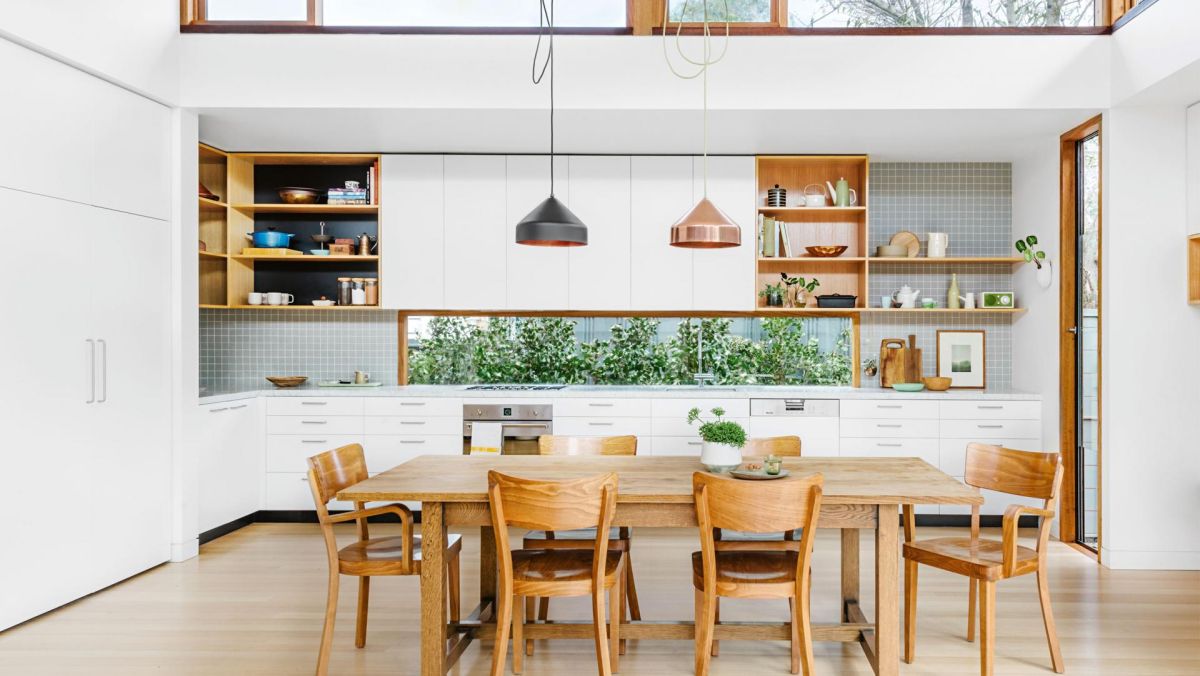
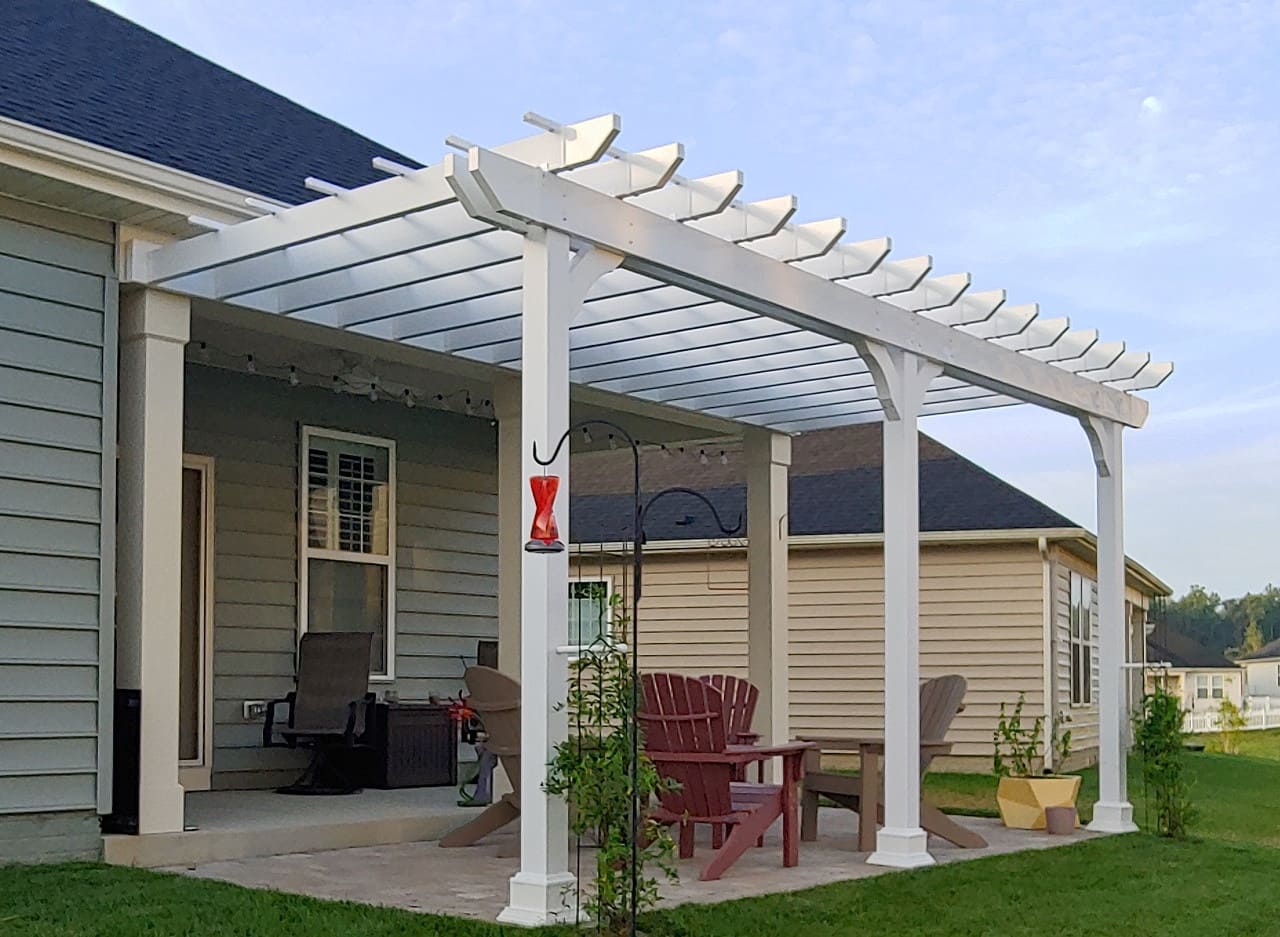
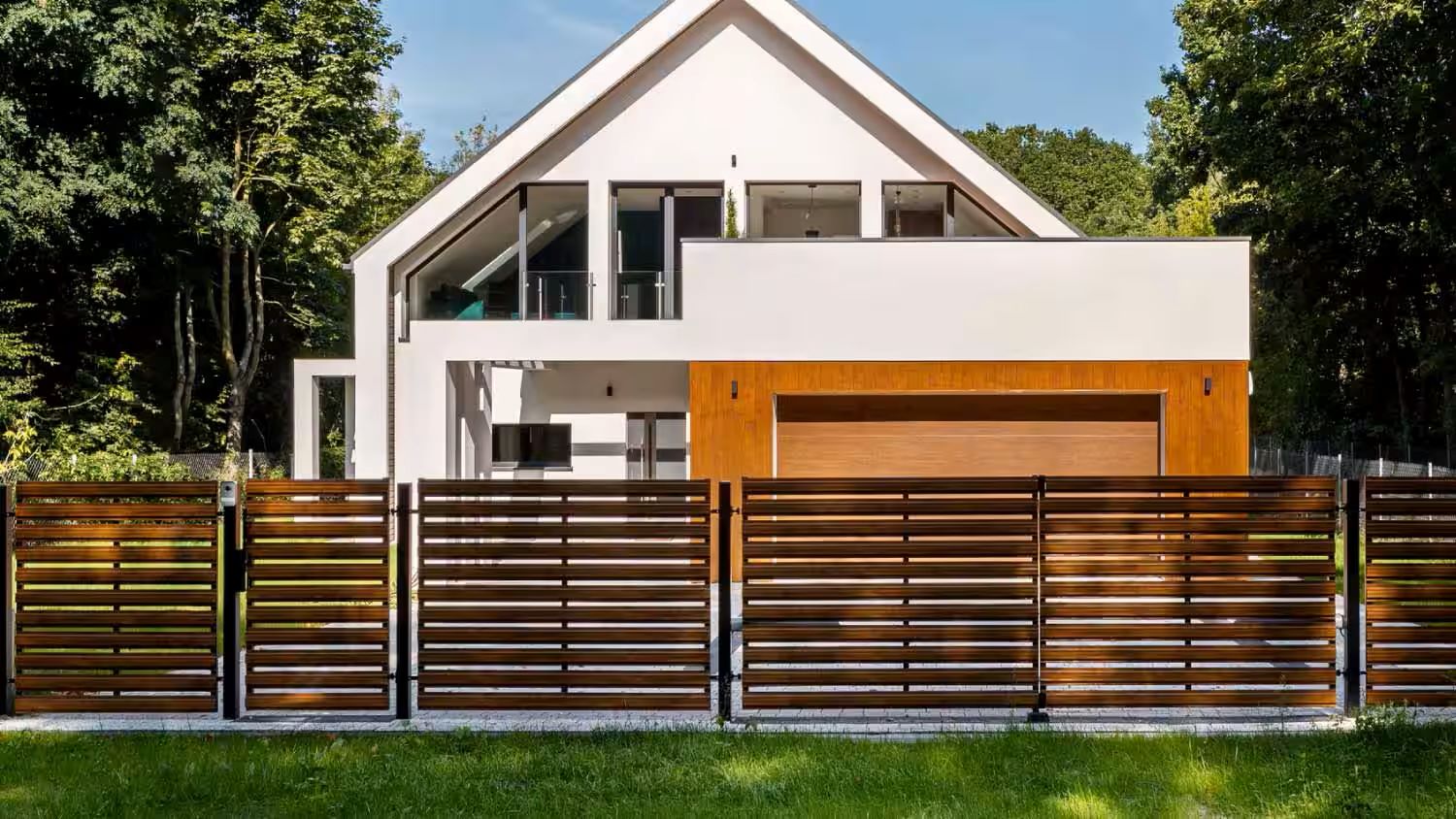
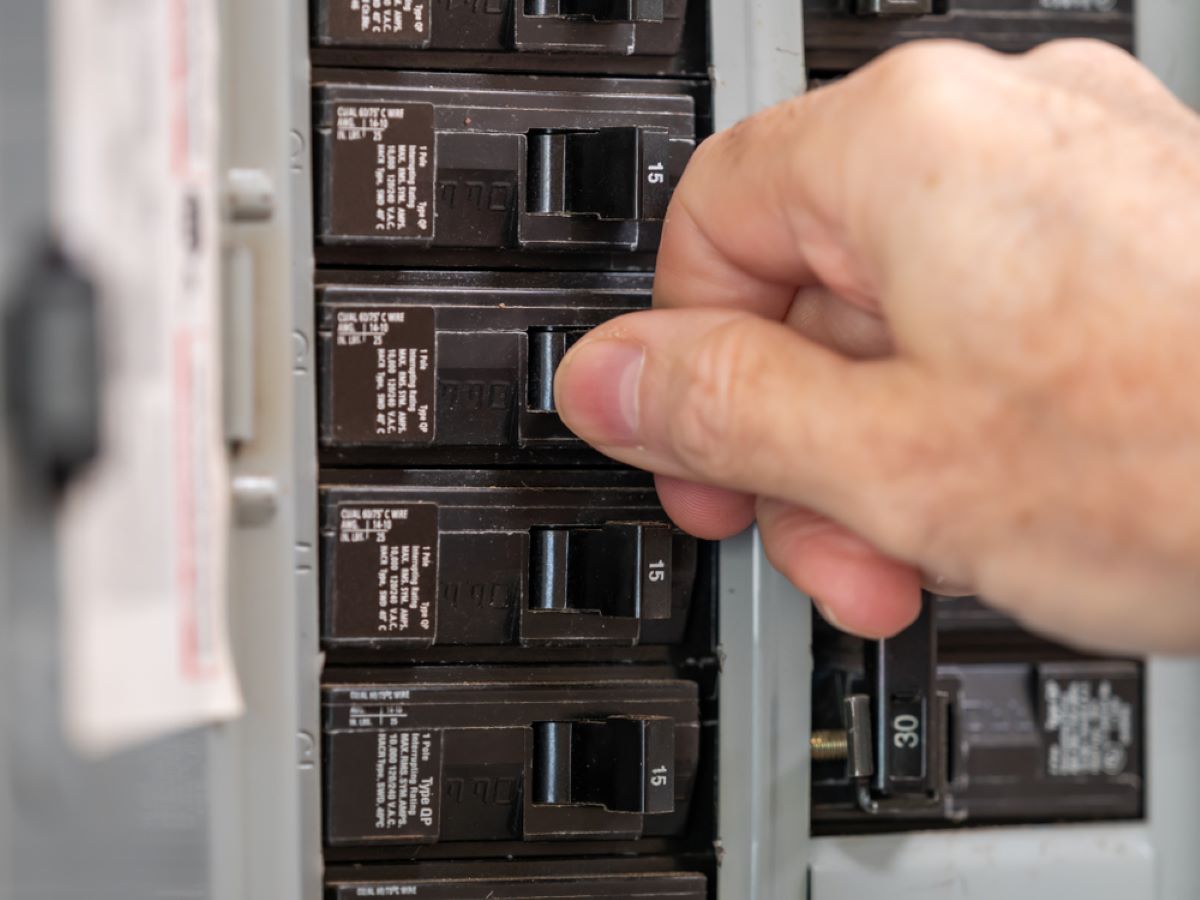

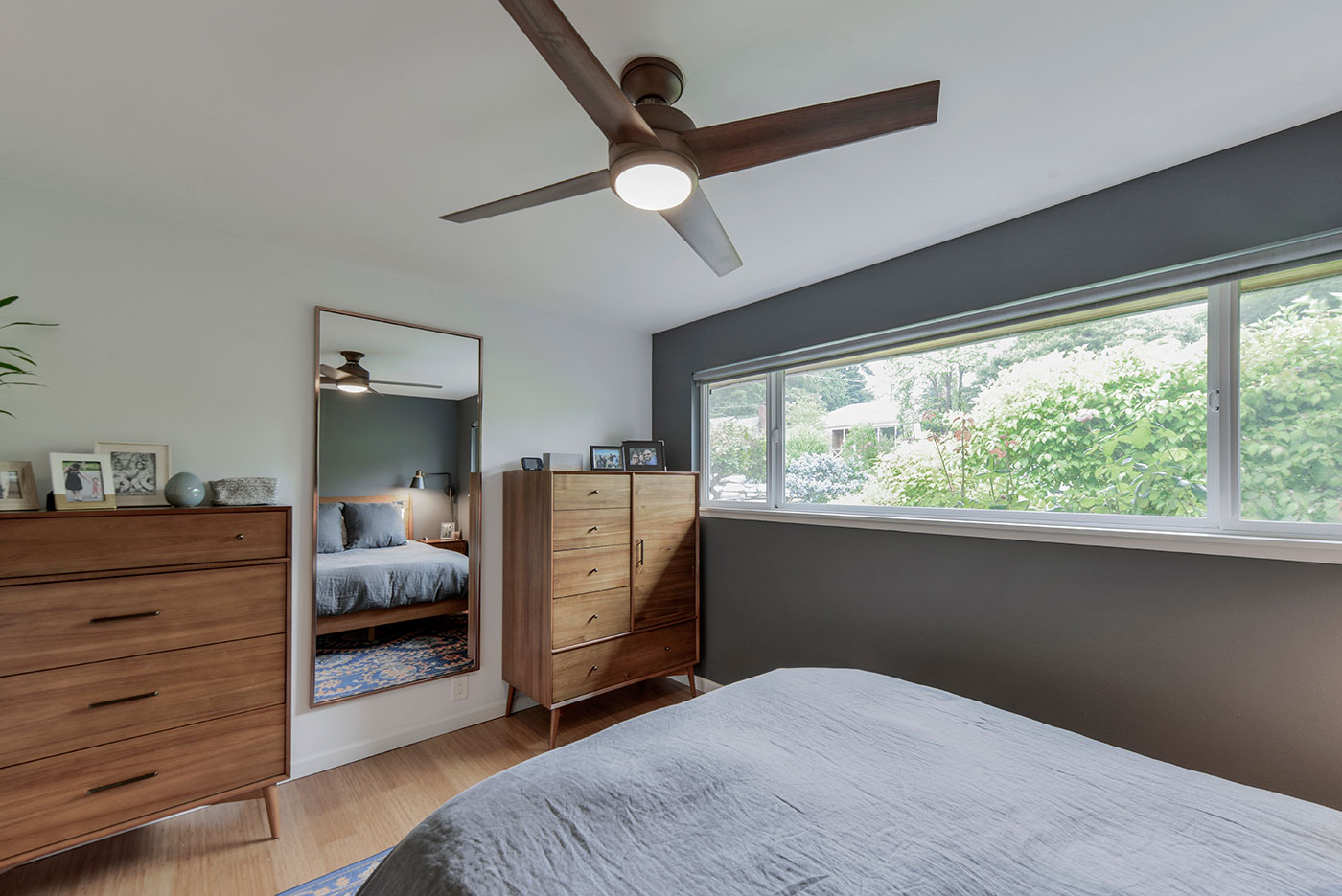
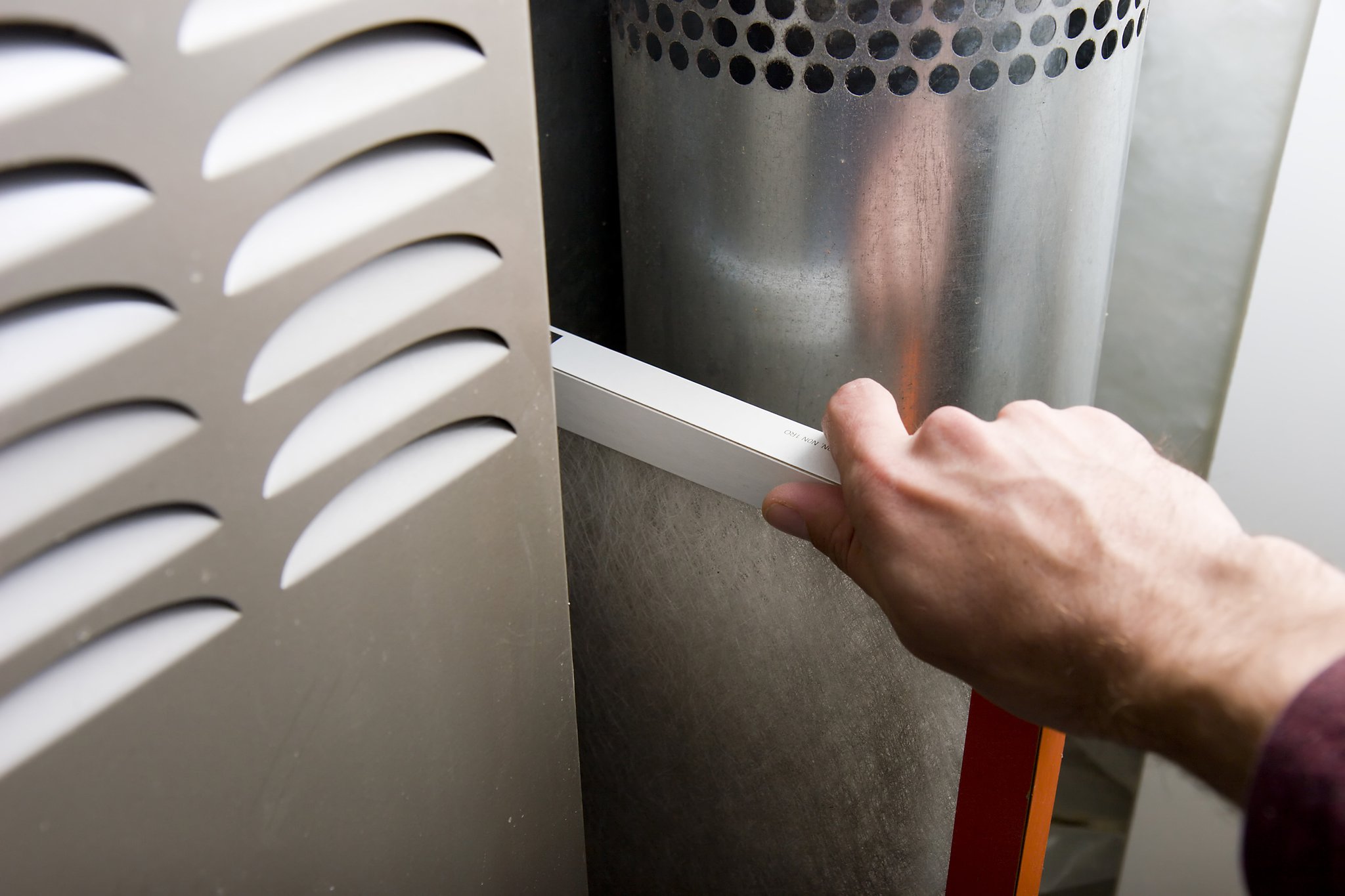

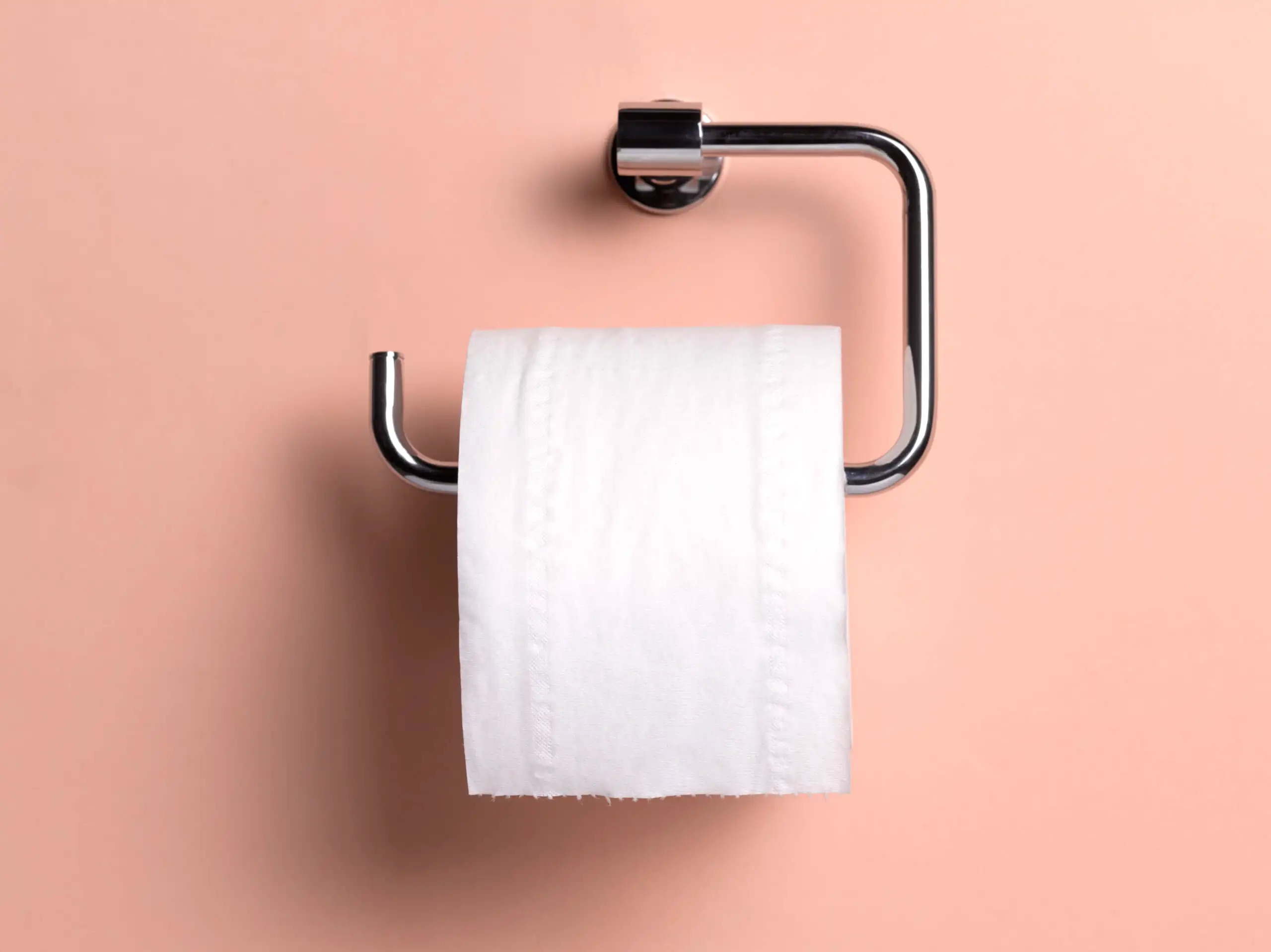
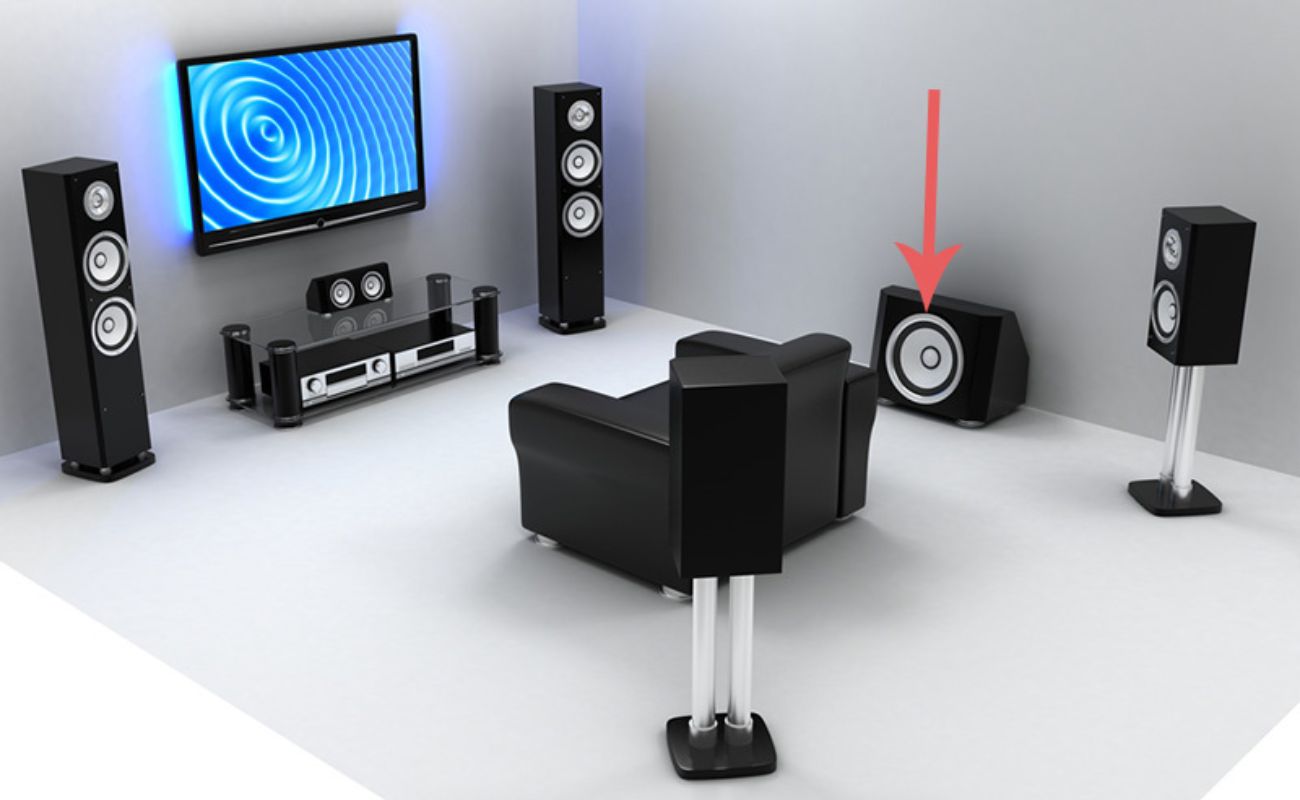
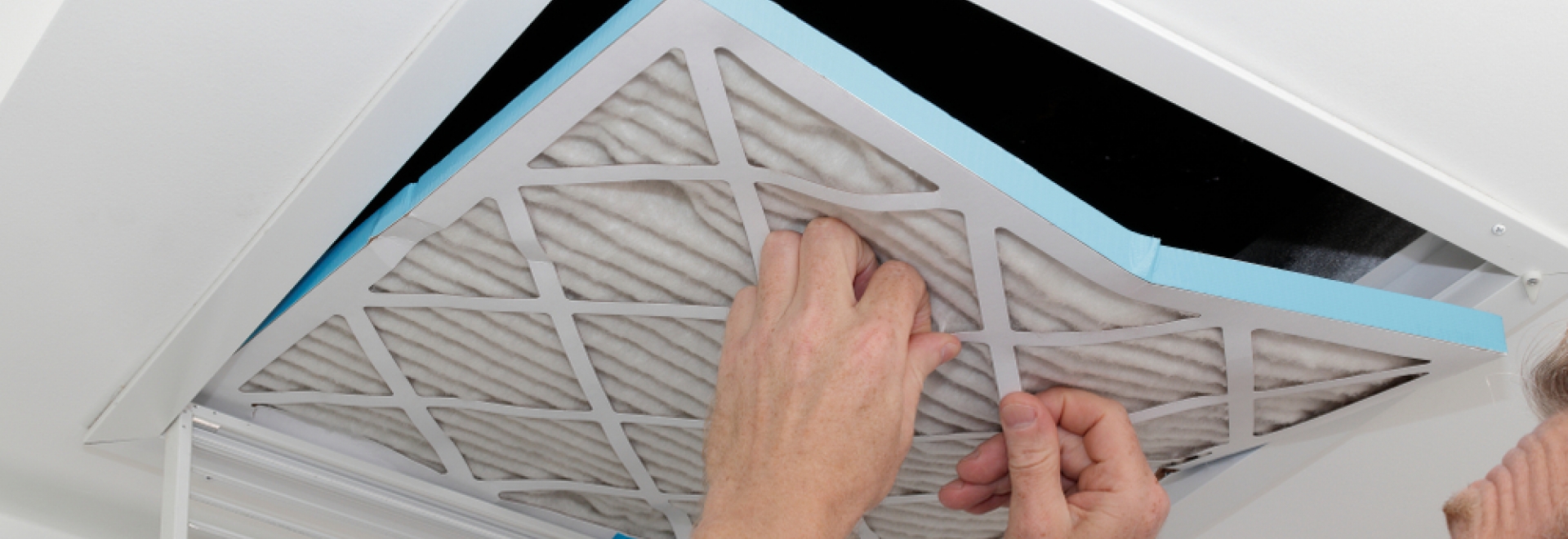
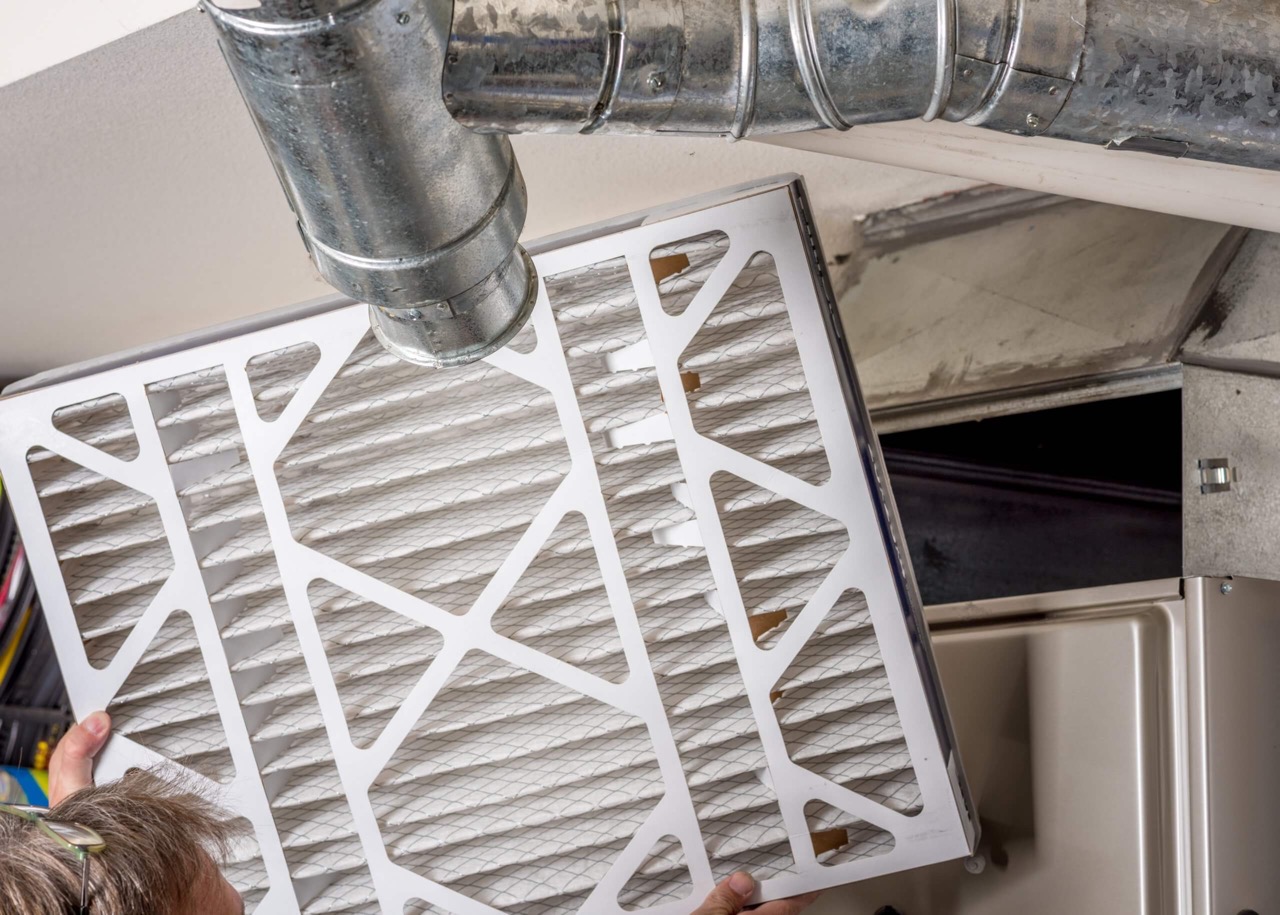
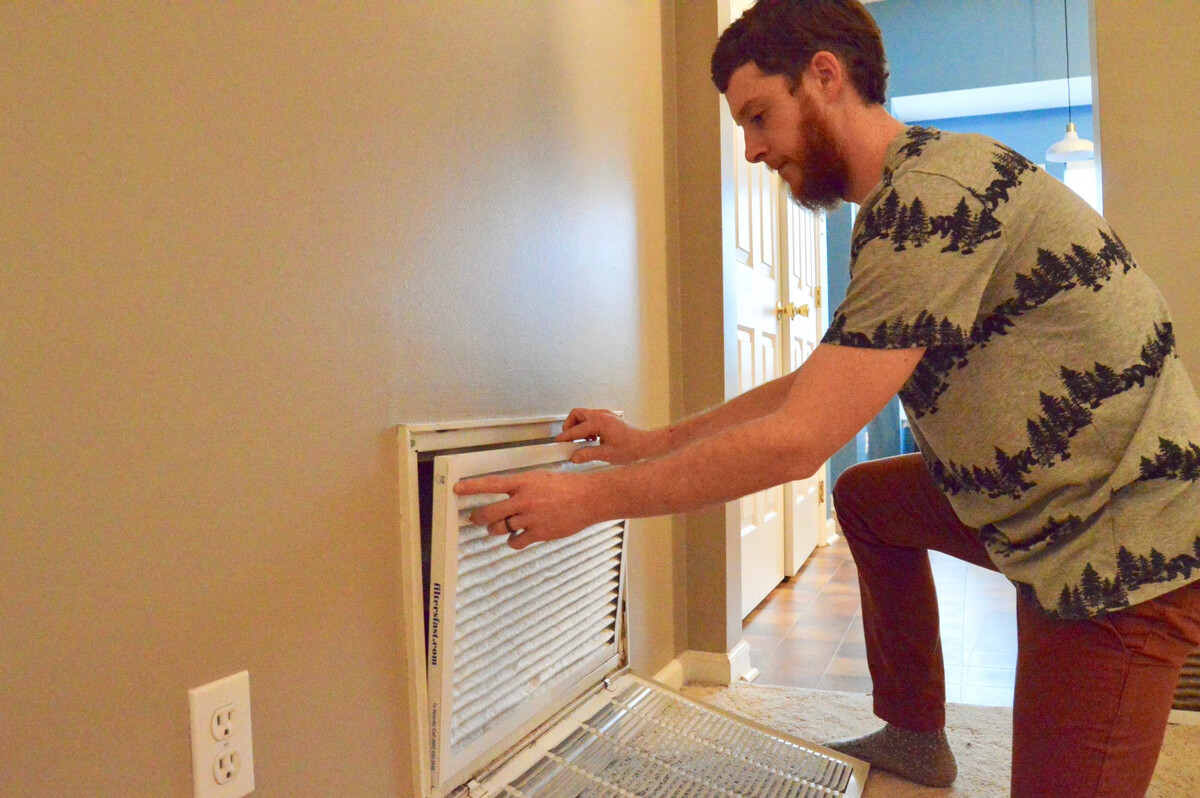
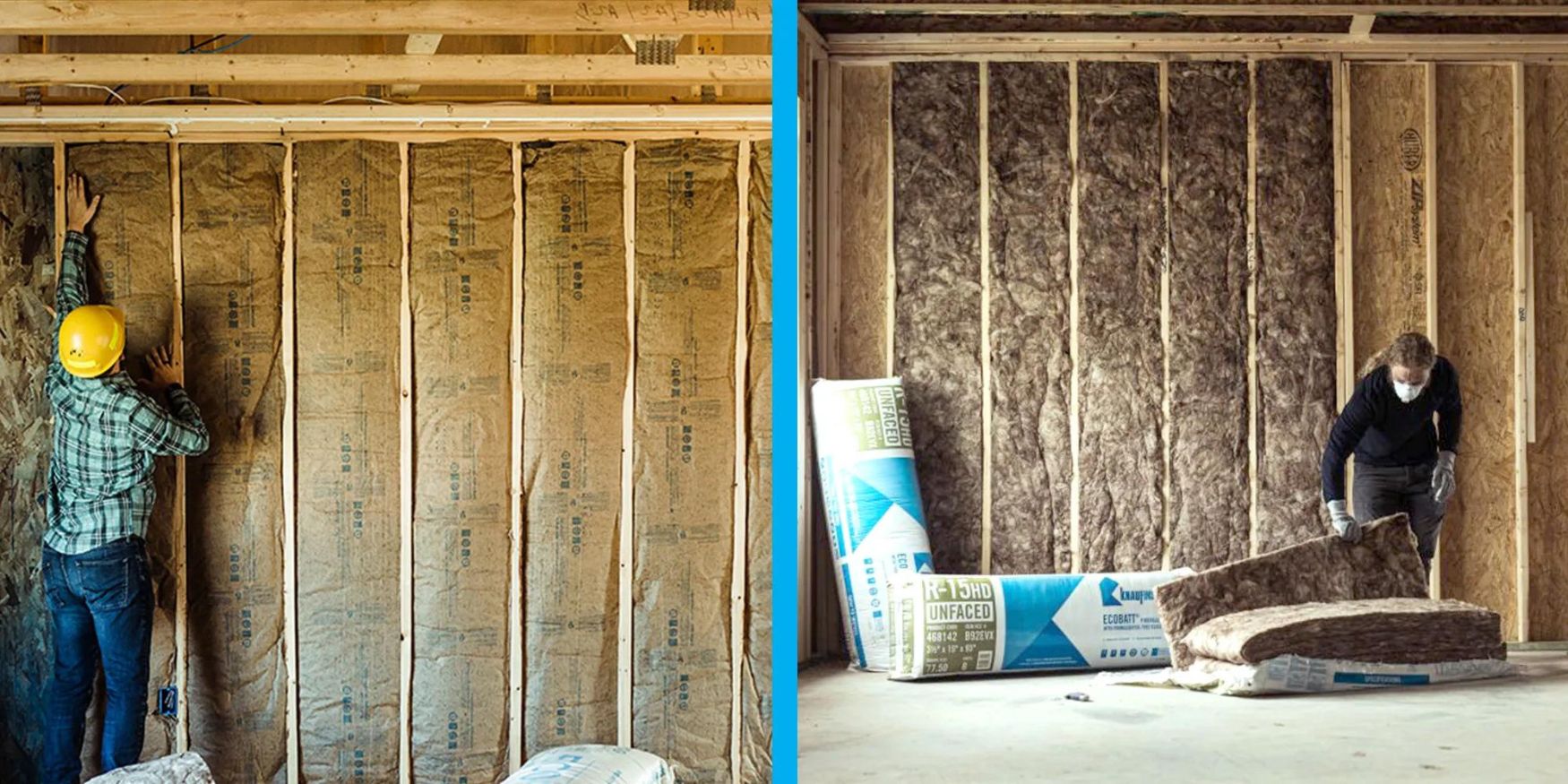

0 thoughts on “Which Direction Should My HVAC Filter Face?”